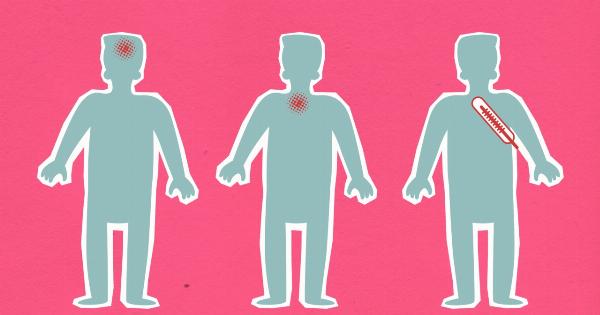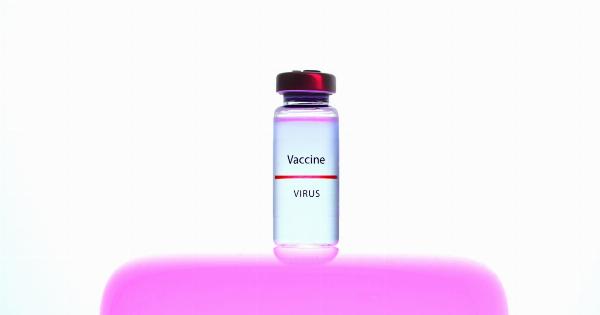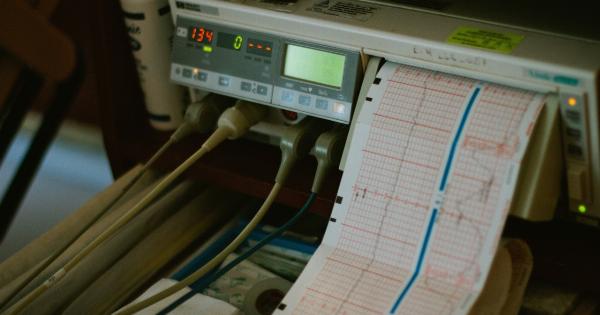Rubella, also commonly known as German measles, is a contagious viral infection that primarily affects children and young adults. While it is generally a mild illness, it can be particularly harmful to pregnant women and their unborn babies.
Understanding the causes, symptoms, and treatment options for rubella is crucial in preventing its spread and addressing its potential complications.
Causes of Rubella
Rubella is caused by the rubella virus, which is transmitted through respiratory droplets when an infected person coughs or sneezes.
The virus can also spread by direct contact with an infected individual or through contact with contaminated surfaces or objects. An infected person is most contagious a week before and after the onset of the rash. Rubella can be prevented with vaccination, and widespread immunization efforts have significantly reduced its incidence in many countries.
Symptoms of Rubella
The symptoms of rubella are generally mild and may include:.
- Fever
- Headache
- Runny or stuffy nose
- Mild conjunctivitis (pink eye)
- Enlarged and tender lymph nodes in the neck and behind the ears
- Maculopapular rash that begins on the face and spreads to the rest of the body
In many cases, particularly in children, rubella infection may go unnoticed or be mistaken for a common cold.
However, pregnant women infected with rubella are at risk of severe complications, which can include congenital rubella syndrome (CRS) in their unborn babies.
Congenital Rubella Syndrome (CRS)
CRS can occur when a woman is infected with rubella during pregnancy, especially during the first trimester. The virus can cross the placenta and cause severe birth defects in the developing fetus. The most common complications of CRS include:.
- Hearing loss
- Eye abnormalities
- Heart defects
- Intellectual disabilities
- Liver and spleen damage
- Bone alterations
These long-term consequences of rubella infection in utero make it essential to prevent rubella outbreaks and ensure widespread vaccination.
Treatment for Rubella
There is no specific antiviral treatment for rubella. Most cases resolve on their own within a week or two, with symptomatic treatment focused on relieving discomfort and fever.
To prevent the spread of the virus, individuals infected with rubella need to isolate themselves from others, especially pregnant women, until they are no longer contagious. Germane medical care and monitoring are crucial for pregnant women infected with rubella to manage potential complications.
Prevention: Rubella Vaccination
Rubella vaccination is highly effective in preventing the disease and its complications. The most common vaccine used to prevent rubella is the combined measles-mumps-rubella (MMR) vaccine.
It is typically administered to children around 12-15 months of age, with a second dose given between 4-6 years of age. Vaccination not only protects individuals from rubella but also contributes to the prevention of CRS, as widespread immunization reduces the risk of transmission to pregnant women.
The Importance of Herd Immunity
Herd immunity occurs when a significant portion of a population is immune to a particular disease, making it less likely to spread.
Achieving high vaccination rates in the population helps protect vulnerable individuals who cannot receive the vaccine due to various reasons, such as compromised immune systems or allergies. By maintaining herd immunity, we can effectively control the spread of rubella and minimize its potential harm.
Conclusion
Rubella is a viral infection that primarily affects children and young adults. While it may cause only mild symptoms in most cases, it poses significant risks to pregnant women and their unborn babies.
Understanding the causes, symptoms, and treatment of rubella is vital for preventing its spread and addressing its potential complications. By promoting vaccination and maintaining herd immunity, we can effectively protect individuals and communities from the harmful effects of rubella.





























